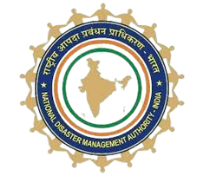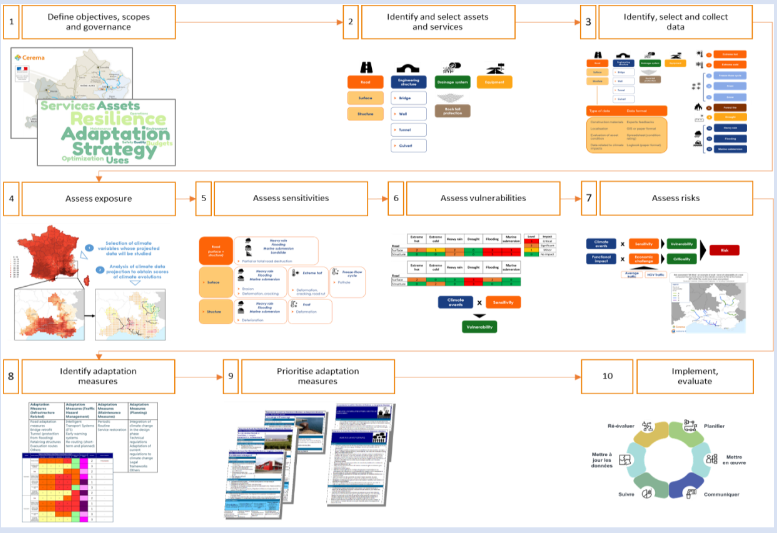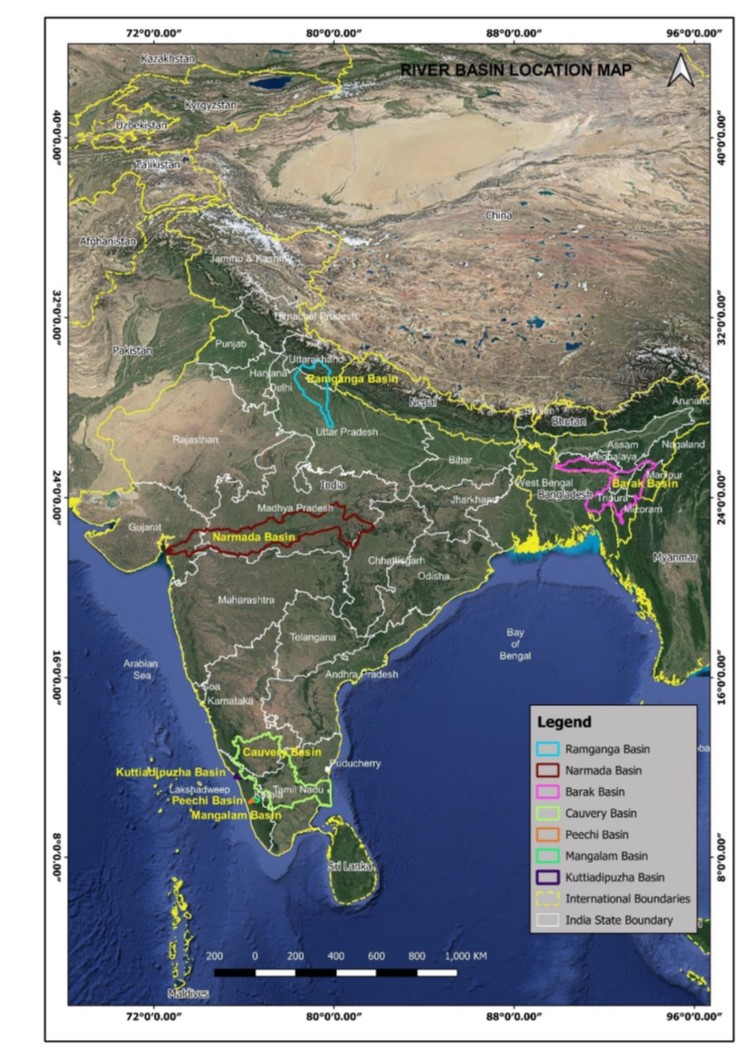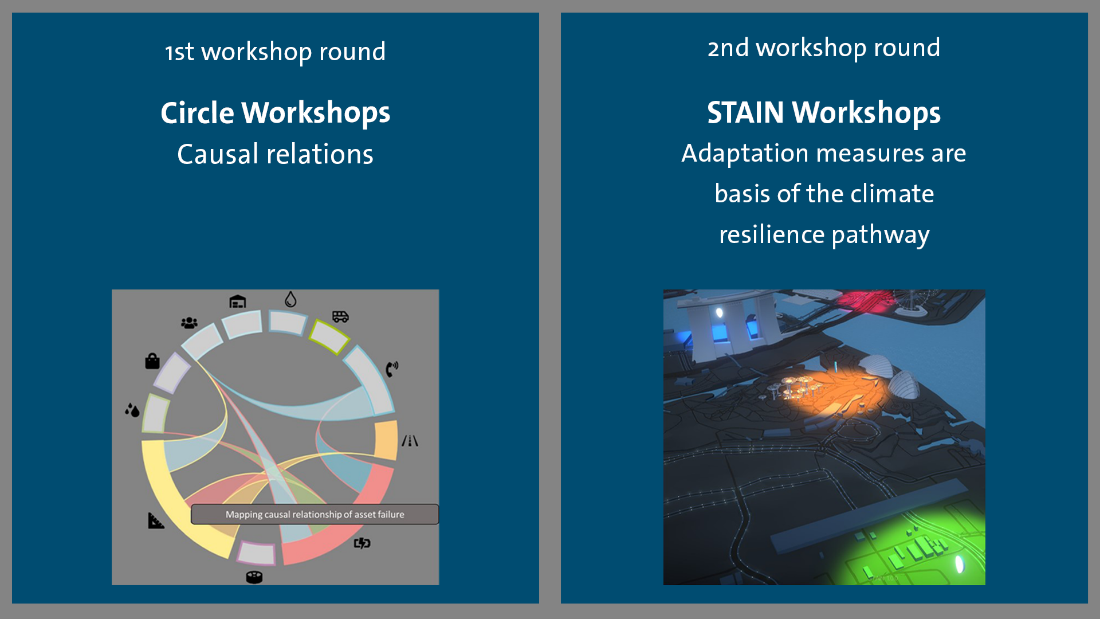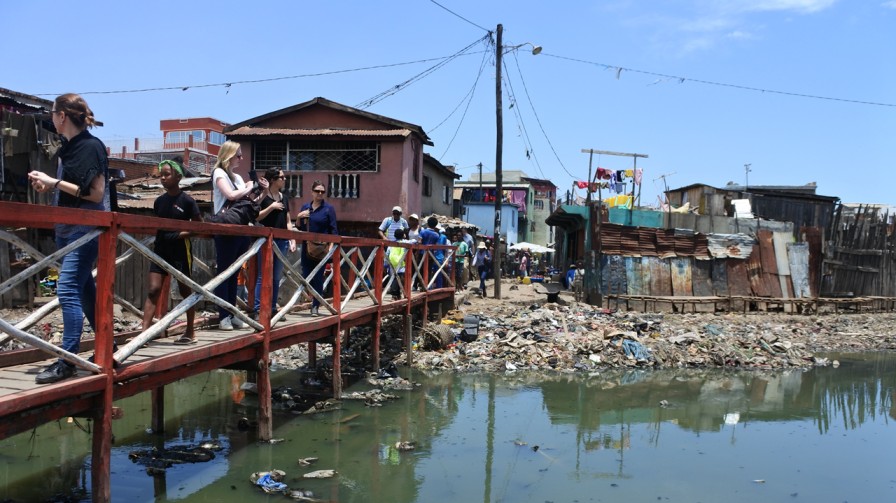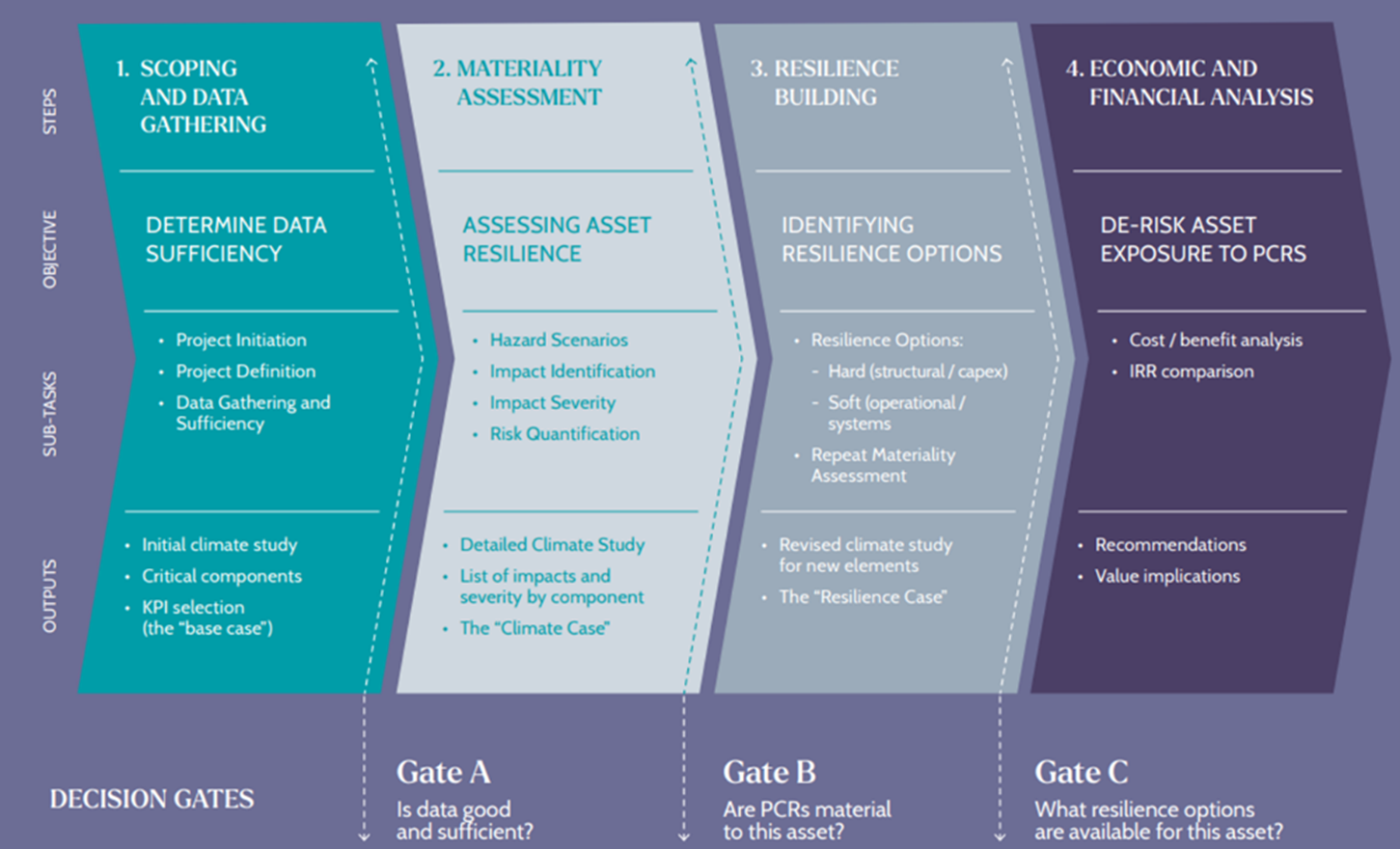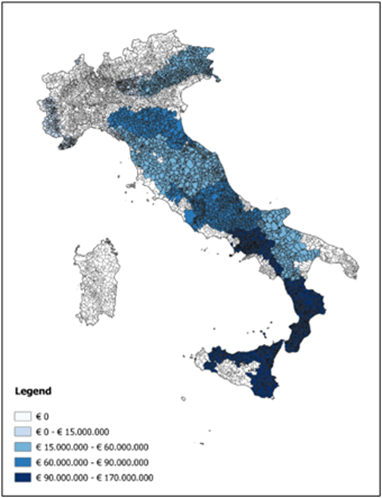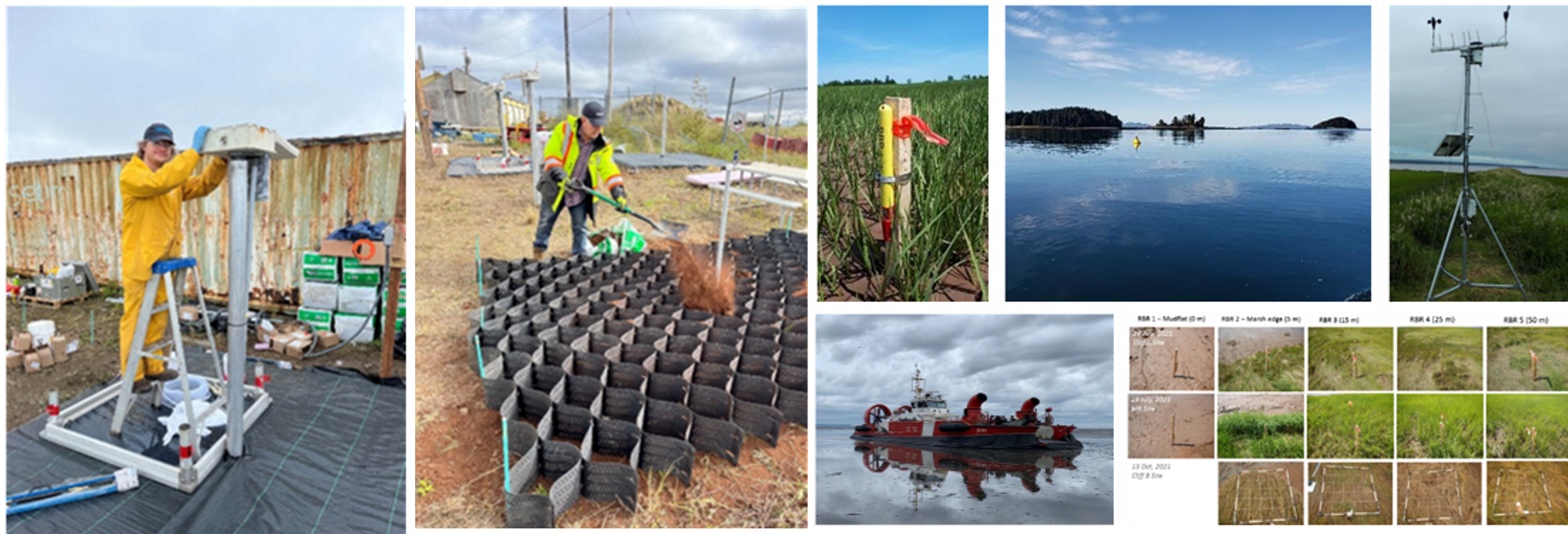The National Reconstruction Program is one of the priority programs of the Mexican Government and is included in the Federation Expenditure Budget annually. Between 2019-2022, the Program led to more than 63 thousand actions in the following sectors: 60,746 actions in housing, 2,145 in education, 193 in health and 835 culture related actions. The Program has received an annual budget of 73.86 million USD for the year 2023.
The current regulations of the Program are clear and concise, in terms of description of its processes and those responsible for its execution to avoid ambiguity. The program also promotes important initiatives for the transparency of resources to strengthen the mechanisms of citizen participation that contribute to the prevention and fight against corruption through the formation of social control groups with the incorporation of the beneficiary population.
In addition to addressing the vulnerable territory affected by earthquakes, the National Reconstruction Program also helps to protect and guarantee the right to enjoy adequate housing for people and communities affected through actions of reconstruction, rehabilitation, and housing relocation. It also focuses on guaranteeing the right to health protection through execution of studies and projects for the reconstruction, rehabilitation, substitution, relocation of the health infrastructure in the affected municipalities.
Similarly, the National Reconstruction Program strengthens and promotes access to culture and enjoyment of cultural goods and services through actions of restoration, rehabilitation, and maintenance of real estate, and through training for the prevention and conservation of cultural, historical, archaeological, and artistic goods that provide identity and are part of the cultural heritage of the affected communities.
The Program allows the incorporation of eco-technologies for improving water supply, gas supply, electricity, and water sanitation systems in homes and thus promises offering a decent quality of life to its occupants and simultaneously contributing to the protection and care of the environment. Besides adhering to the safety standards which are among the fundamental principles of the Program, it respects construction characteristics of each region and locality. These are operationalised through active participation of local professionals, small businesses, cooperatives, academic institutions, and construction workers from the states, municipalities, and localities for the reconstruction action. The use of local materials is also prioritized that aids in conservation of popular architecture and identity sites. The challenge of the National Reconstruction Program is the allocation of resources on an annual basis, which limits reconstruction in the long term. It is necessary to have alternatives in place so that regulatory use of resources does not constrain reconstruction actions.
The Program requires to strengthen the coordination between participating agencies and prioritizing synergy among the various actors is promoted by the coordinating body. It is evident that the damage to homes, health infrastructure, and cultural assets are still prevalent, and therefore, several families and communities require the protection and guarantee of their human rights by the State, which will be a challenge to meet in the coming years and decades.







